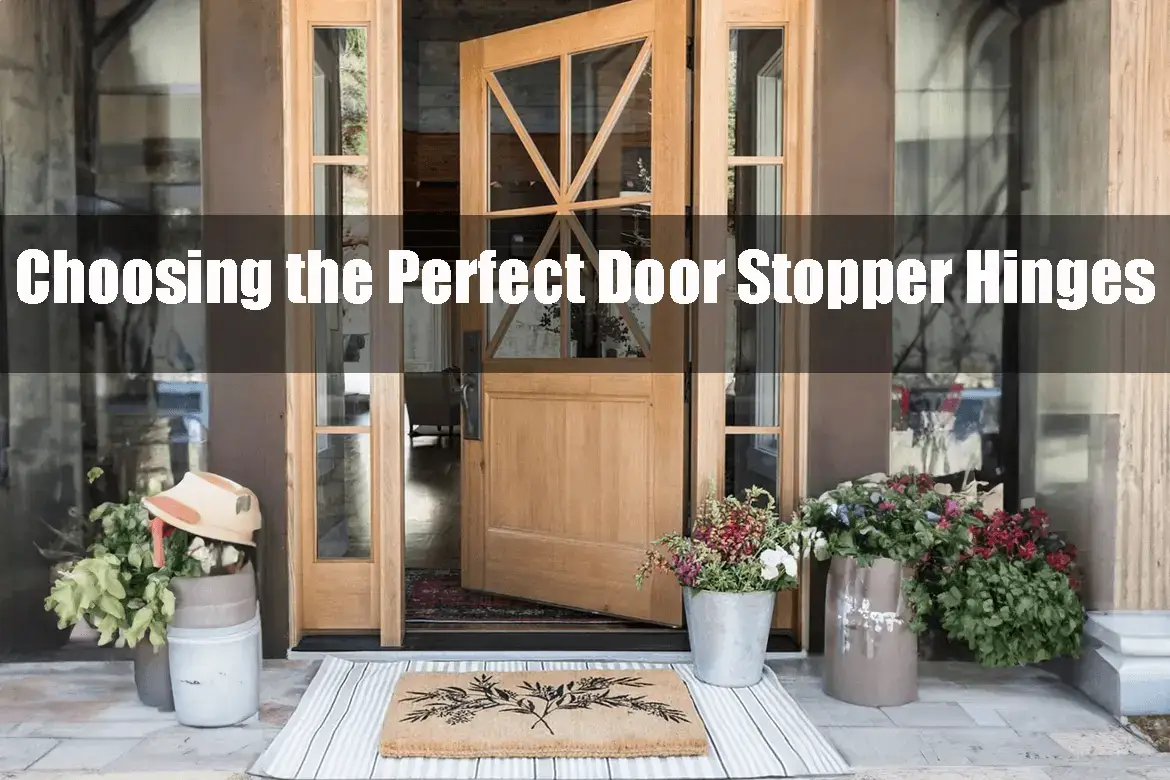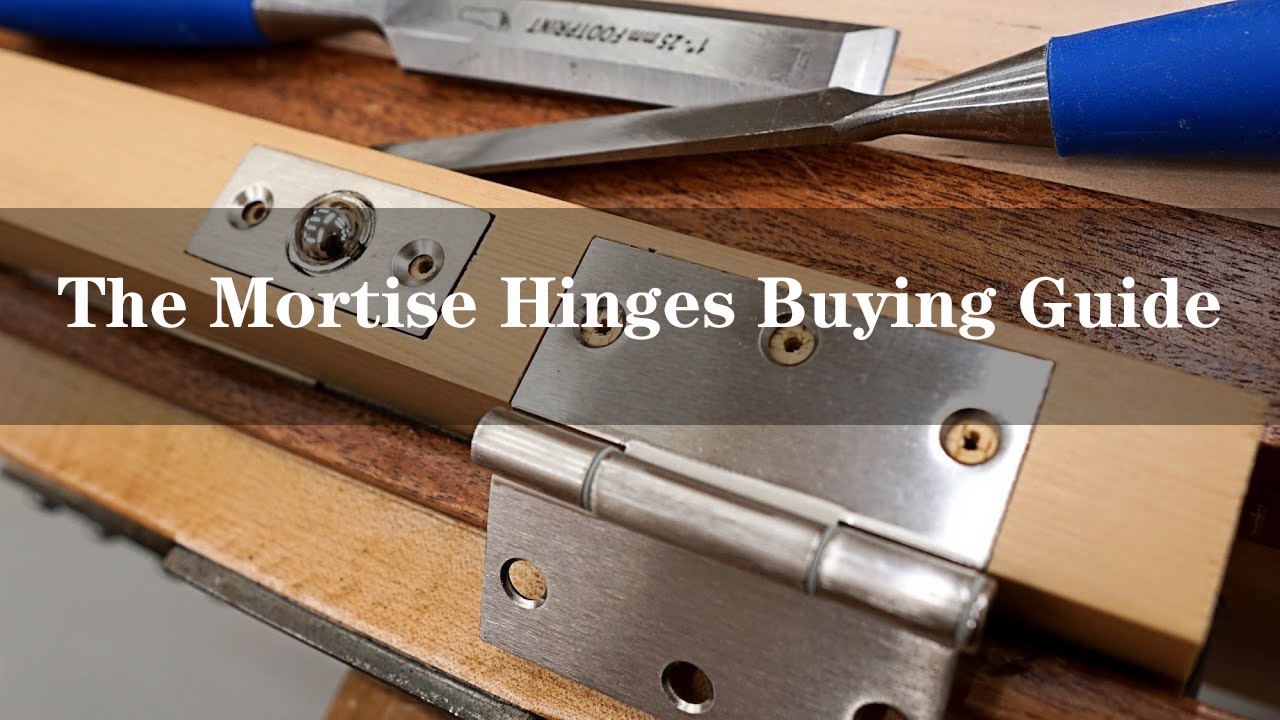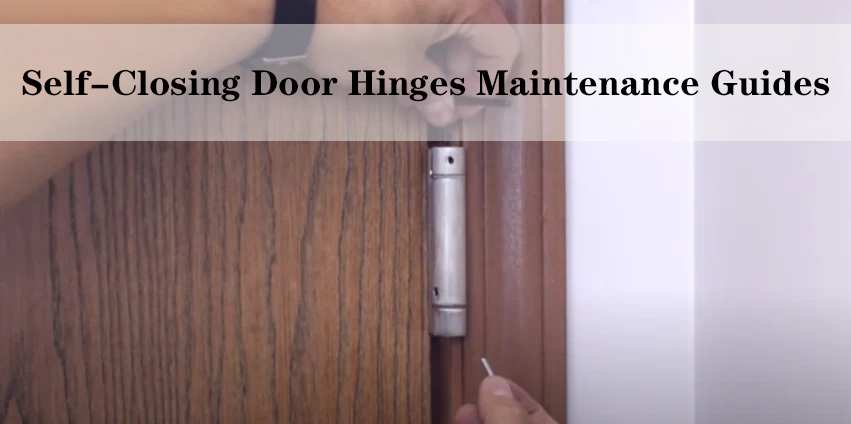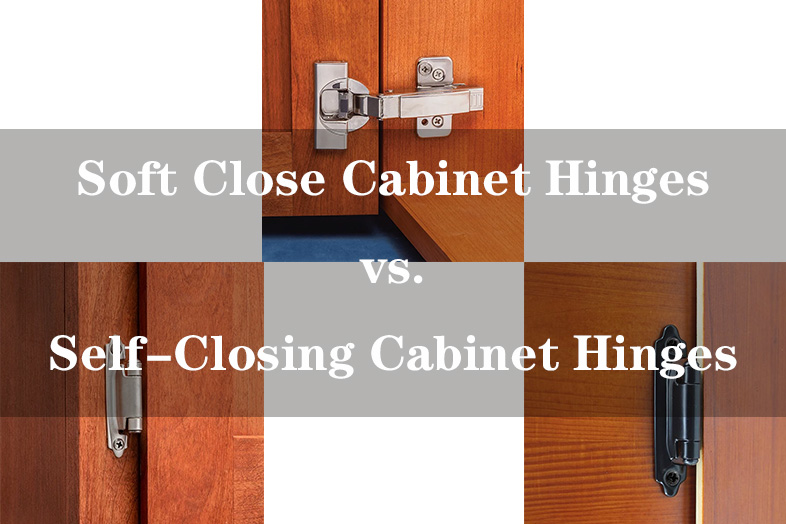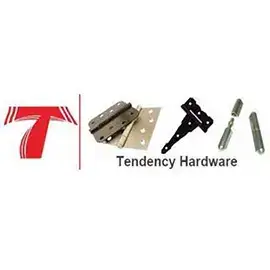Do you ever find yourself struggling to keep your doors open or closed when you need them to be? Whether it’s a heavy interior door that keeps slamming shut, a screen door that won’t stay open on a breezy day, or a door that swings wide open when you don’t want it to, the right door stopper hinge can be the solution to your problem. Door stopper hinges come in various shapes and sizes, each designed for specific purposes. In this buyer’s guide, we’ll explore everything you need to know about choosing the perfect door stopper hinges to suit your needs.
Understanding Door Stopper Hinges
Before diving into the details of selecting the right door stopper hinges, it’s essential to understand what they are and how they work. Door stopper hinges are specialized hinges that are designed to prevent a door from opening too far in one direction or to hold it securely in place. These hinges are equipped with mechanisms that restrict the door’s movement, offering convenience, safety, and versatility in various applications.
Types of Door Stopper Hinges
There are several types of door stopper hinges available, each designed for specific purposes and scenarios. Let’s take a closer look at some common types:
1. Conventional Door Stopper Hinges:
Conventional door stopper hinges, often referred to as standard or traditional door hinges, have a simple and functional design. They typically consist of two flat metal plates, known as leaves or wings, that are attached to the door and the door frame. These leaves are connected by a central pivot pin, which allows the door to swing open and closed.
2. Spring Door Stopper Hinges:

Spring-loaded door stopper hinges use a spring mechanism to automatically return the door to a closed or open position. They are often used on screen doors, kitchen cabinets, and gates.
3. Magnetic Door Stopper Hinges:

Magnetic door stopper hinges use magnets to hold the door in place when it’s opened or closed. They are popular for exterior doors and can be discreetly installed for a sleek look.
4. Hinge Pin Door Stopper Hinges:
Hinge pin door stopper hinges replace the existing hinge pins of a door. They feature a built-in stopper that prevents the door from opening too far. These are ideal for doors where a conventional door stopper hinge may not be suitable.
5. Floor-mounted Door Stopper Hinges:

Floor-mounted door stopper hinges are installed on the floor and are designed to stop doors from swinging too far open or closed. They are often used for heavy doors and doors that need to be held in specific positions.
6. Wall-mounted Door Stopper Hinges:

These door stopper hinges are installed on the wall behind the door and are designed to prevent the door from hitting the wall when it’s opened. They are commonly used in tight spaces or rooms with limited clearance.
Factors to Consider When Choosing Door Stopper Hinges
Selecting the perfect door stopper hinges for your specific needs is a task that requires thoughtful consideration. The right choice will not only enhance the functionality of your doors but also contribute to the overall aesthetics of your living space. Here, we’ll take a closer look at each of the essential factors to consider when choosing door stopper hinges:
1. Door Type and Weight:
The type and weight of the door you plan to install the hinges on are fundamental factors. Doors come in various materials and sizes, and their weight can vary significantly. Heavier doors, such as solid wood or metal doors, will require stronger and more robust hinges to support their weight. Lighter doors, like interior hollow-core doors, may work well with standard door stopper hinges. It’s crucial to match the hinge’s weight-bearing capacity to that of the door to ensure it operates smoothly and safely.
2. Door Location:
Consider the location of the door where you intend to install the hinges. Is it an interior door, an exterior door, a cabinet door, or a gate? The location of the door will greatly influence the type of hinge you need. Exterior doors, for example, are exposed to harsh weather conditions and require hinges that are weather-resistant and durable. Interior doors may have different requirements, focusing more on aesthetics and noise reduction.
3. Door Material:
Different door materials, such as wood, metal, or glass, may require specific types of hinges for proper installation and function. Wooden doors, for instance, are commonly paired with hinges that have a wood finish to maintain a cohesive look. Metal doors may require corrosion-resistant hinges to prevent rust. Glass doors, on the other hand, may need specialized hinges designed to support their weight and provide a secure fit.
4. Aesthetic Preferences:

Aesthetics play a significant role in choosing door stopper hinges, especially if you value the overall design and decor of your space. There’s a wide range of finishes and styles available to match your preferences and interior design theme. Common finishes include brushed nickel, chrome, bronze, and brass. Consider whether you want your hinges to blend seamlessly with the door or stand out as a decorative element.
5. Installation Ease:
The ease of installation is a practical consideration, especially if you plan to install the hinges yourself. Some door stopper hinges may require more complex installation processes, such as mortising or drilling precise holes. Others are straightforward and can be easily installed with basic tools. Assess your DIY skills and choose hinges that you can confidently install, or consider hiring a professional for more intricate installations.
6. Durability and Longevity:
Investing in high-quality door stopper hinges is essential to ensure long-term performance and durability. Hinges that are made from durable materials and feature solid construction will withstand the test of time and provide reliable functionality. Quality hinges are less likely to wear out, loosen, or require frequent replacements, ultimately saving you time and money in the long run.
7. Budget:
Setting a budget for your door stopper hinge purchase is a practical step in the decision-making process. While it’s crucial to prioritize quality and durability, there are options available at various price points to suit different budgets. It’s essential to strike a balance between cost and quality, ensuring that you get the best value for your investment.
8. Noise Reduction:
If reducing noise when closing doors is a priority, consider door stopper hinges with built-in features for dampening sound. These hinges are designed to minimize the noise created when a door closes, making them ideal for homes where noise control is essential, such as bedrooms or study areas.
Tips for Choosing the Perfect Door Stopper Hinges

In addition to considering the factors mentioned above, here are some valuable tips to help you make an informed decision when selecting door stopper hinges:
Measure Twice: Accurate measurements of your door are crucial. Measure the width, height, and thickness of the door to ensure you choose hinges that are the right size. Ill-fitting hinges can lead to improper operation and potential damage to the door or frame.
Consider Swing Direction: Determine the direction in which your door swings—whether it swings inward or outward. This will impact the type and placement of your door stopper hinge. Choosing the wrong hinge for the swing direction can result in interference or limited functionality.
Match the Finish: Select a hinge finish that complements your door and room decor. Common finishes include brushed nickel, chrome, bronze, and brass. Coordinating the finish with your existing hardware, such as doorknobs and handles, can create a cohesive and visually appealing look.
Test the Door Weight: Ensure that the hinges you choose can support the weight of your door. Exceeding the weight limit specified by the hinge manufacturer can lead to hinge failure, causing damage to the door or creating safety hazards.
Seek Professional Advice: If you’re unsure about the type of door stopper hinge you need or how to install it, don’t hesitate to seek professional advice. Consult with a professional installer or visit a hardware store, where experts can provide guidance based on your specific requirements. Their expertise can help you make an informed decision and ensure a successful installation.
Installation and Maintenance
Now that you’ve selected the ideal door stopper hinges and are ready to proceed with installation, let’s delve further into this critical aspect of the process:
1. Follow Manufacturer’s Instructions:
Always refer to the manufacturer’s instructions provided with your door stopper hinges. These instructions are specific to the product you’ve purchased and should be followed meticulously.
2. Gather Necessary Tools:
Before starting the installation process, gather all the necessary tools and materials. This typically includes a screwdriver, drill (if needed), screws, and any additional hardware mentioned in the instructions.
3. Check Alignment:
Ensure that the door stopper hinges are aligned correctly before securing them in place. Misaligned hinges can lead to improper functioning and unnecessary stress on the door.
4. Properly Secure Screws:
Use the appropriate screws provided with the hinges and ensure they are tightened securely. Loose screws can cause the hinges to fail or create annoying squeaks.
5. Test Functionality:
After installation, test the door’s functionality thoroughly. Open and close the door several times to make sure the hinges operate smoothly and effectively. Pay attention to any unusual noises or resistance, as these may indicate a problem.
6. Lubrication:
To maintain smooth operation over time, periodically lubricate the hinges as recommended by the manufacturer. Lubricants like silicone spray or graphite powder can help reduce friction and prevent wear and tear.
7. Regular Inspections:
Perform routine inspections of your door stopper hinges. Check for signs of rust, corrosion, or damage. Address any issues promptly to prevent further damage and ensure continued functionality.
8. Make Necessary Adjustments:
Over time, you may need to make adjustments to the hinges to accommodate changes in the door’s operation or to correct any misalignment. Follow the adjustment instructions provided by the manufacturer.
By following these additional installation and maintenance tips, you’ll not only ensure that your door stopper hinges work correctly but also extend their lifespan and prevent unnecessary wear and tear.
Conclusion
Choosing the perfect door stopper hinges doesn’t have to be a daunting task. By considering factors like door type, location, material, and your personal preferences, you can make an informed decision that enhances the functionality and aesthetics of your doors. Remember to measure accurately, test door weight limits, and follow proper installation procedures to ensure the longevity and reliability of your chosen hinges. With the right door stopper hinges in place, you’ll have doors that stay open when you want them to and close securely when needed, making your daily life more convenient and efficient.
